
 Dubai Precast ... meeting local demand for precast.
Dubai Precast ... meeting local demand for precast.
THE UAE has witnessed a steady increase in the number of buildings constructed using precast systems, says a leading UAE-based manufacturer of precast elements.
“Although there are no official figures available, industry experts estimate the penetration in the UAE has grown to somewhere in the region of five per cent,” says Matti Mikkola, general manager of Dubai Precast. “Internationally, this is still a low figure, as in certain areas of the world the penetration rate is even up to nearly 50 per cent.”
He continues: “During the recent boom in construction, new precast plants were being set up around the region at unprecedented rates. The demand was high, as the use of precast in buildings was becoming widely accepted.”
Dubai Precast, he adds, was one of the major players in the market which expanded along with the others.
“We now place a major emphasis on the Abu Dhabi market, where we have recently opened a new large precast production facility,” says Henrik Jensen, assistant general manager with Dubai Precast. “We feel that Abu Dhabi has substantially better opportunities in the near future, so our expansion move has been made at the right time regardless of the world’s market problems.”
One of the main factors that fuelled an increase in demand for precast elements was a shortage of contractor resources over the last three to four years.
“Nearly every contractor was fully occupied and often overcommitted to the projects in hand,” says Mikkola. “Simultaneously, all projects were being implemented on a fast-track basis, therefore faster systems of construction were required. A natural solution was to engage a precaster to take over a major portion of the works, substantially reducing the manpower requirements on site and at the same time expediting the construction schedule. This meant that buildings were converted to precast, regardless of the suitability or the buildability of the precast structure being considered.”
He adds that with the significant downturn in markets recently, the precast industry will have to look at its business from a new perspective.
Contractors currently have ample resources and an abundant supply of skilled labour is available. In fact, currently many contractors will convert structures that already have been specified as precast back to conventional cast-in-situ structures. The motivation behind this change is most often to engage existing resources fully, he points out.
Furthermore, due to the financial restraints that many developers are facing, projects have been moved off the fast track onto slightly extended schedules. The benefit of speed, therefore, becomes less of an issue, and the contractor is able to choose more labour-intensive systems.
Overcoming challenges
Dubai Precast, says Jensen, will continue to ensure customers, owners and contractors benefit from the advantages that precast products bring them. These include:
• Quality assurance with production in a controlled environment;
• Less disruption around sites and faster work completion;
• Reduced requirement for qualified workers for on-site activities;
• Less exposure to weather conditions; and
• Reduced environmental impact.
Applications
Commenting on the sectors that the company intends to target, Mikkola sees ample opportunities for precast concrete in infrastructure and high-rise structures.
“The use of precast concrete in infrastructure projects in the UAE has been limited,” he points out. “The vast requirements related to the numerous infrastructure projects will ensure that new technologies enter the market and become acceptable practice. We are looking forward to introducing new technologies for bridges, tunnels, rails and roads in the near future to the region. We have numerous references for these products in South East Asia, through our owner Eastern Pretech of Singapore.”
Mikkola sees high-rise buildings as another area of potential growth.
“Precast structures are used for the highest buildings even in seismic zones throughout the world. So far, there have not been many high-rise projects constructed with precast systems in the UAE. The potential of using these high-speed structures, such as those built by Eastern Pretech in South East Asia, is high. We will be introducing new fully precast high-rise structures as well as hybrid structures shortly, together with our international design partners,” he says.
Sustainability
Mikkola believes that a continued focus on sustainability must be maintained despite the current crisis.
In challenging financial times, sustainability tends to be relegated to the back burner, but those companies that are most likely to survive the recession will be the ones who the ones who focus on issues such as these, he says. “A constant effort to develop sustainability will also makes them the most efficient in their business. Although the entire market is depressed, the demand for sustainable construction is growing, and the market share of companies with a good sustainability profile is increasing.”
Concrete lends itself to sustainable construction, being perhaps the most environment-friendly construction material, thanks to its high level of recyclability, he says.
Mikkola also points out the need to enhance and develop the image of concrete products.
“Although advances have been made in recent years, the prevalent technologies in the region have changed very little over the past decades. A wider use of high-technology materials including ultra-high performance concrete is required to take the industry forward,” he says.



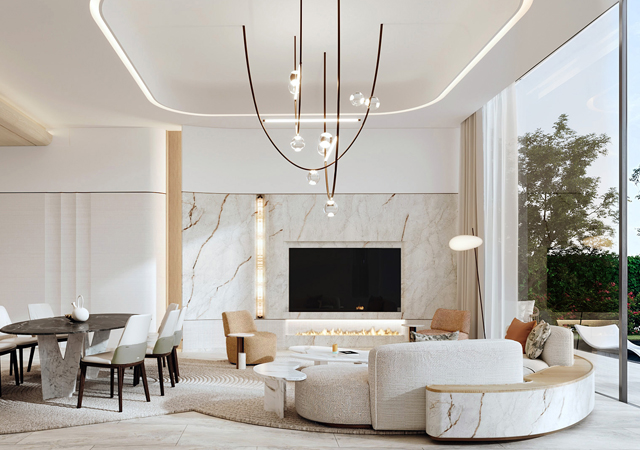
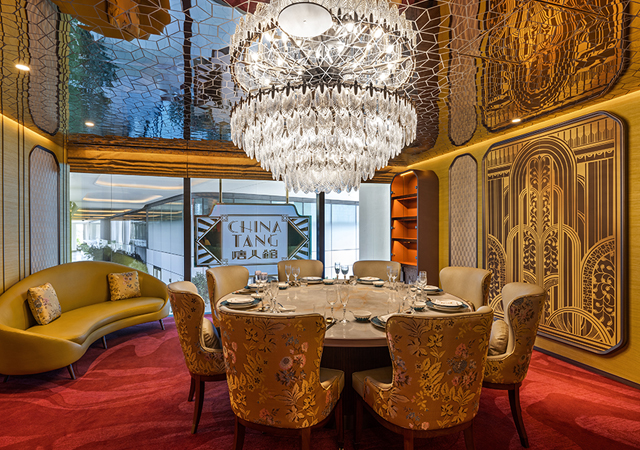
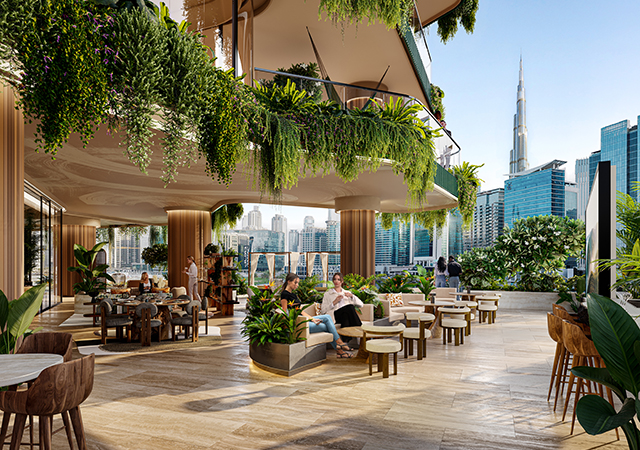
.jpg)
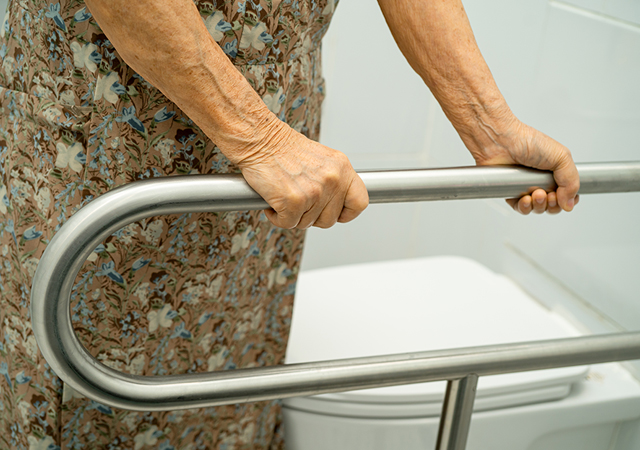



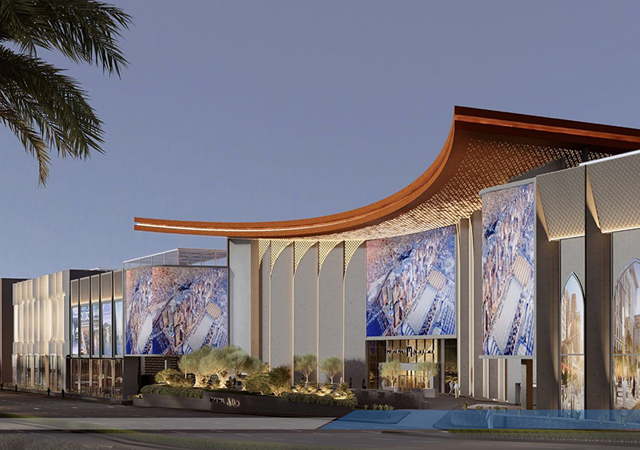
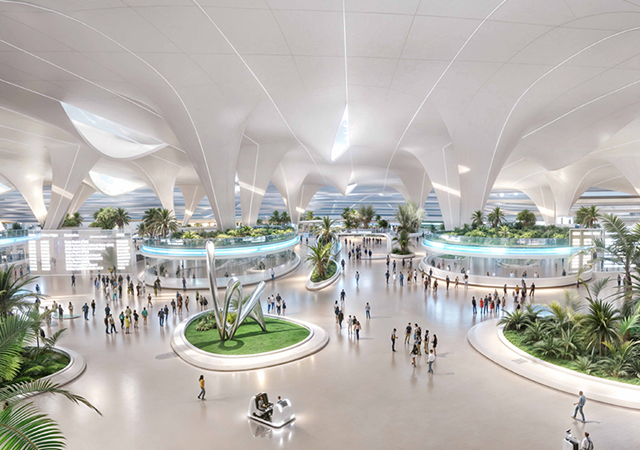
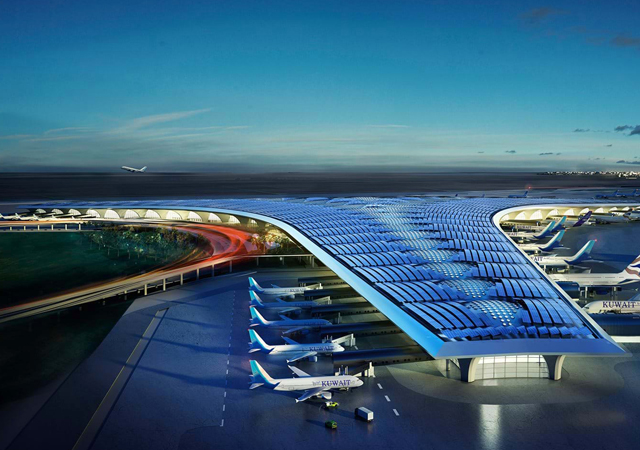
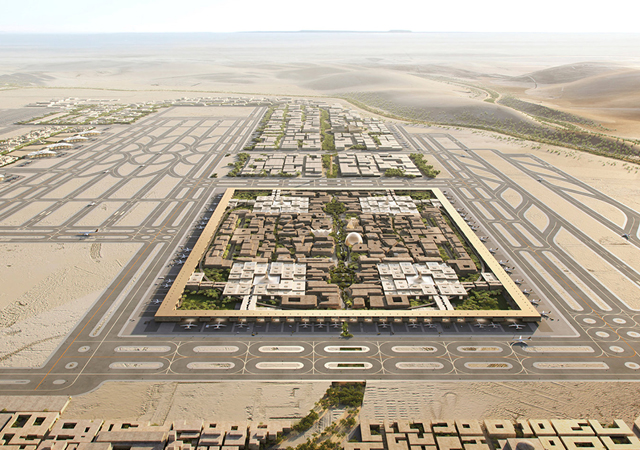
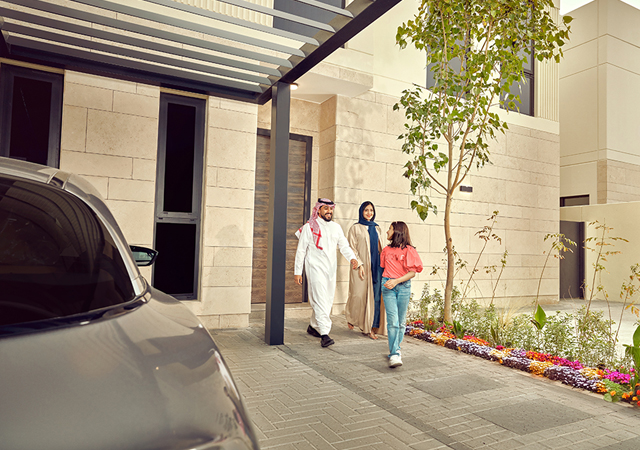
.jpg)
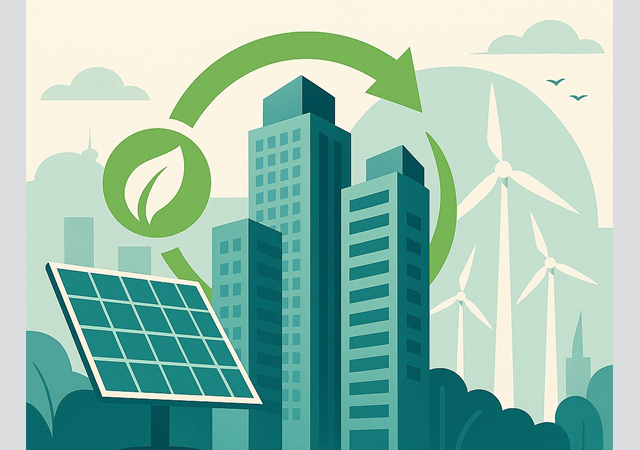
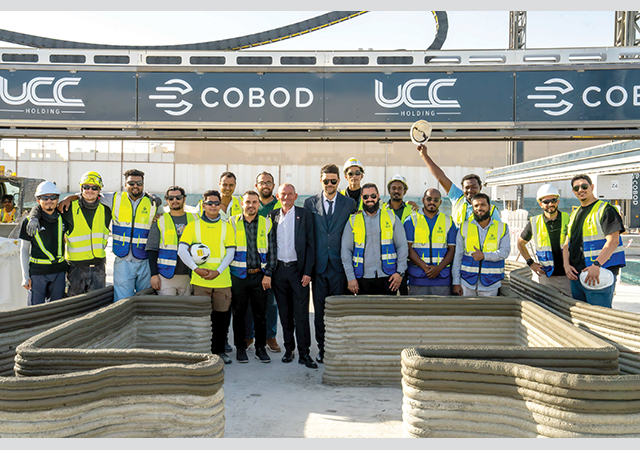
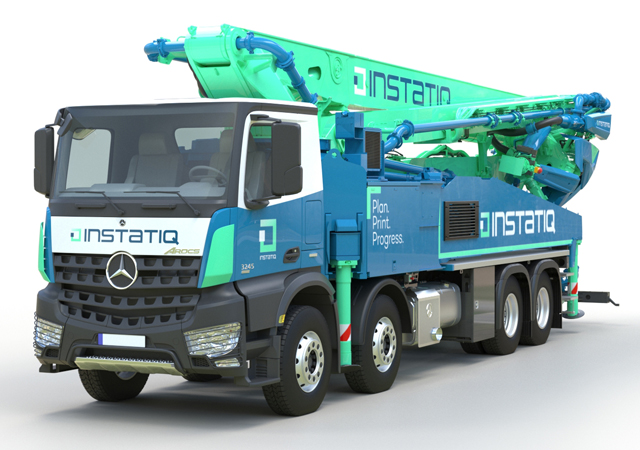
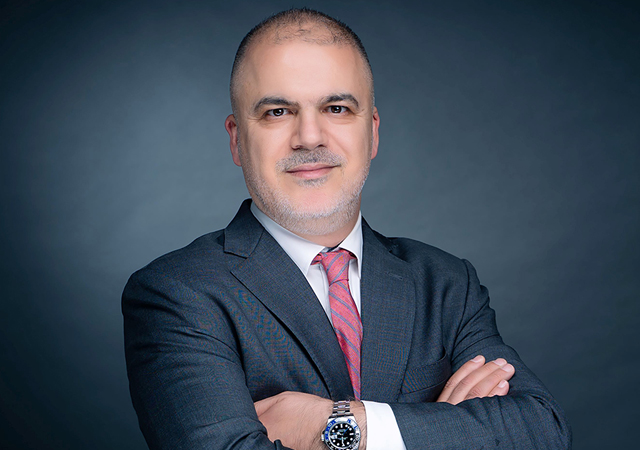
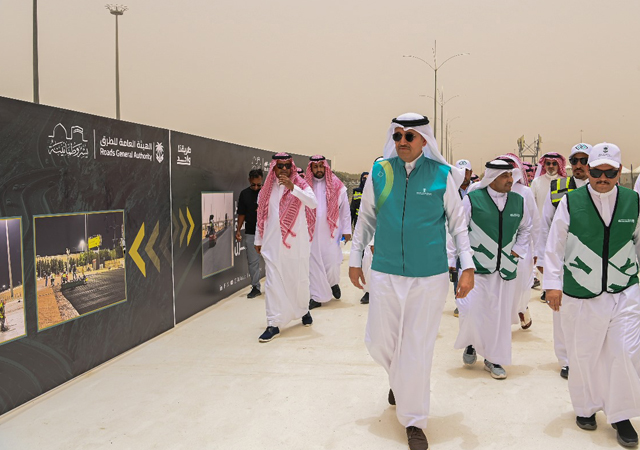
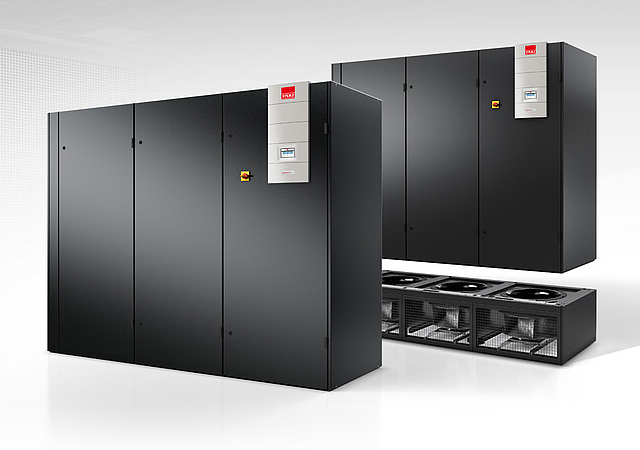
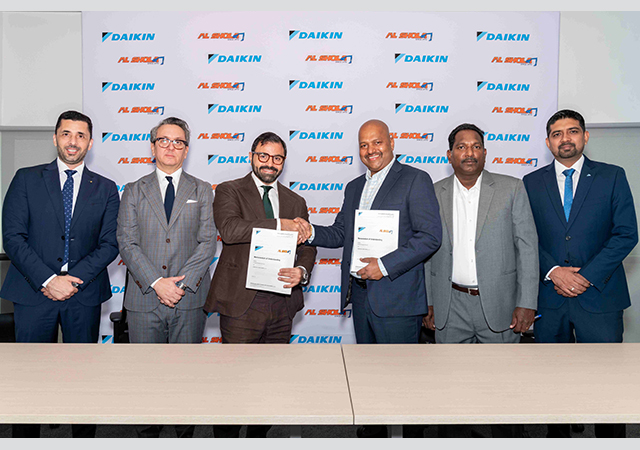

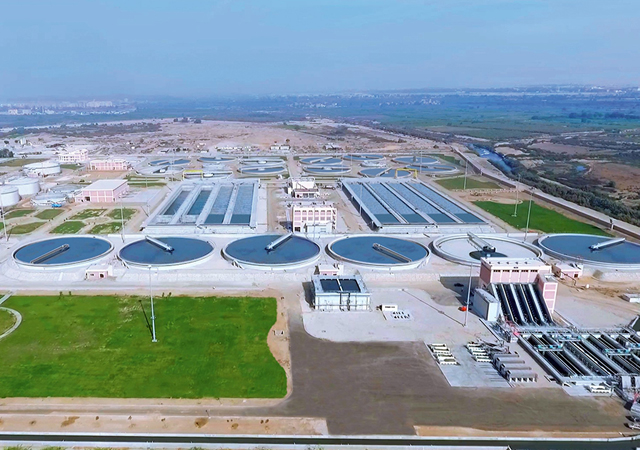
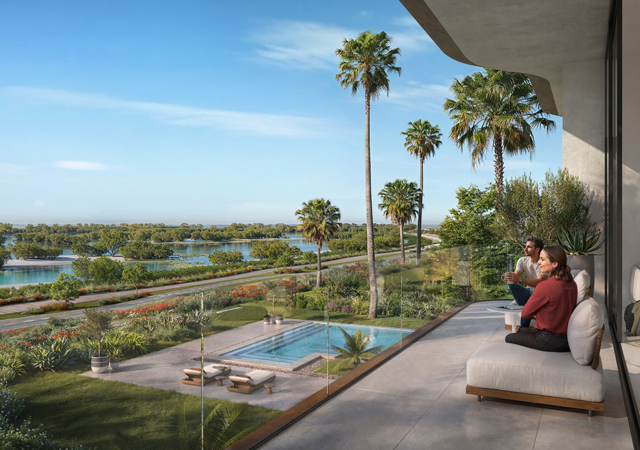
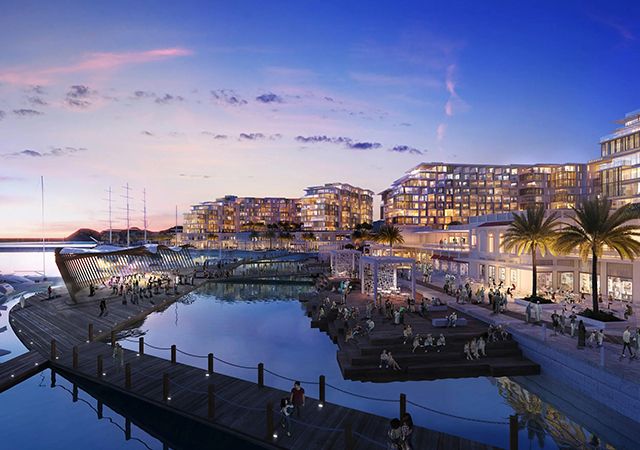

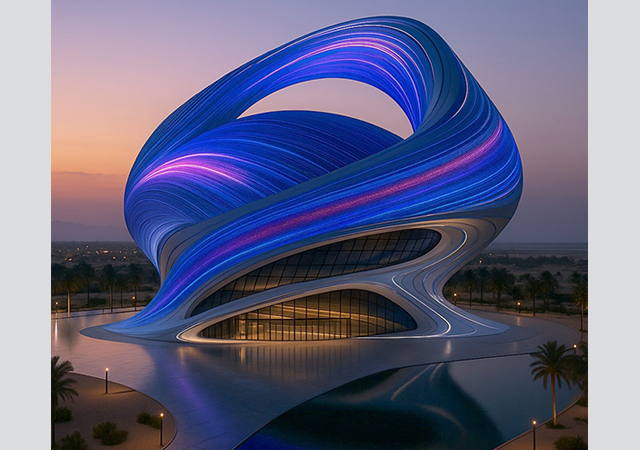
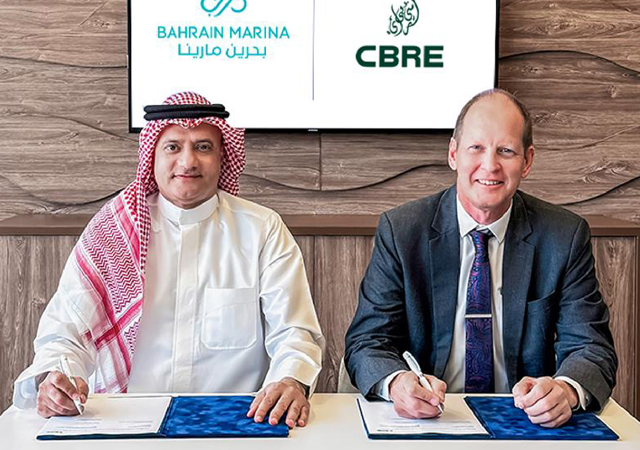
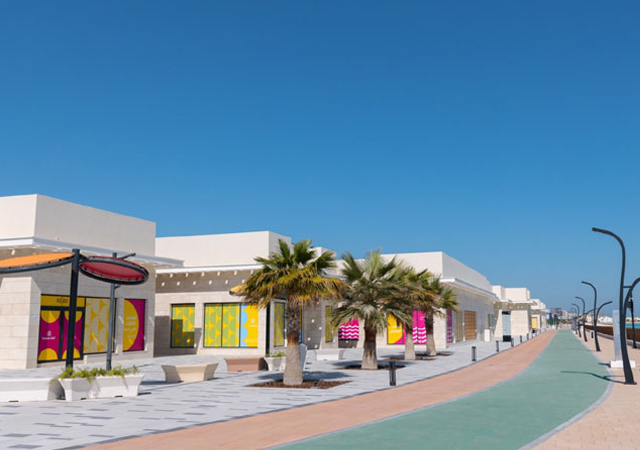
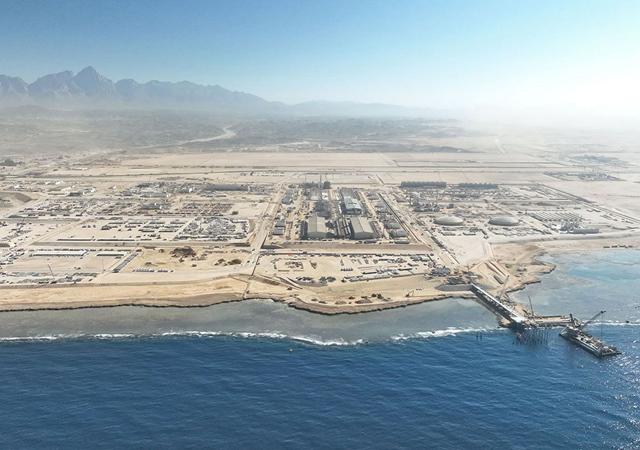
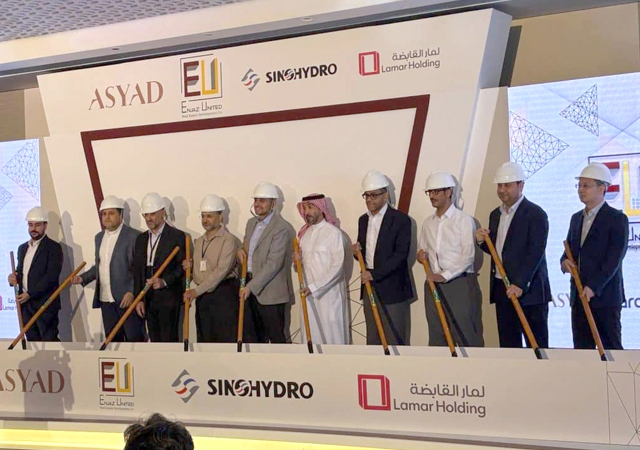
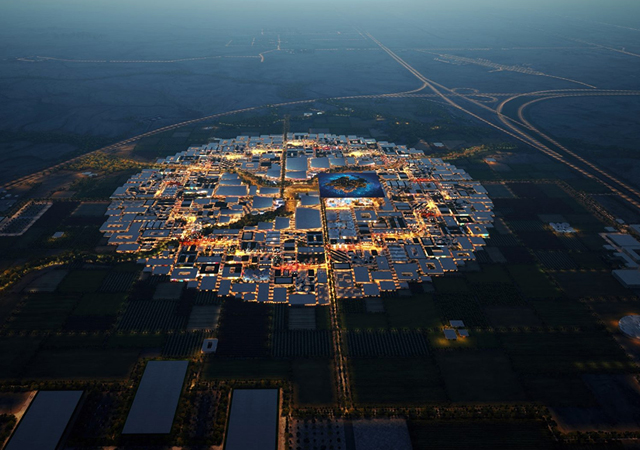
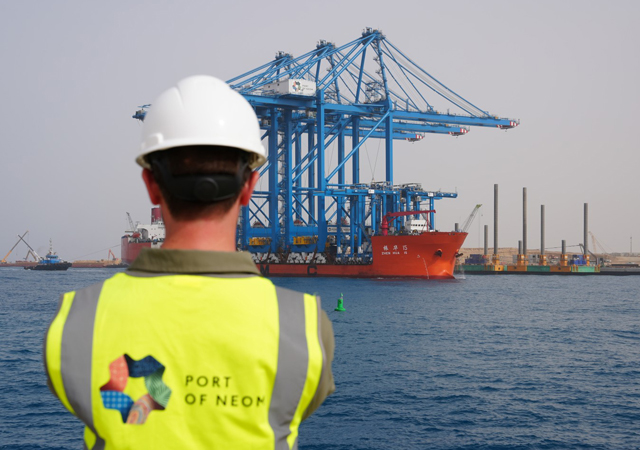
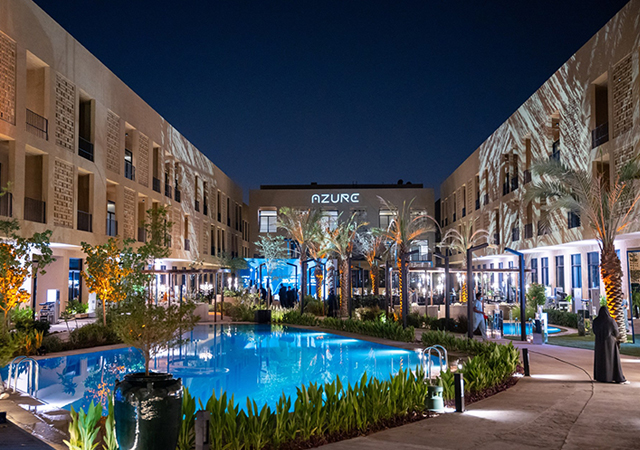
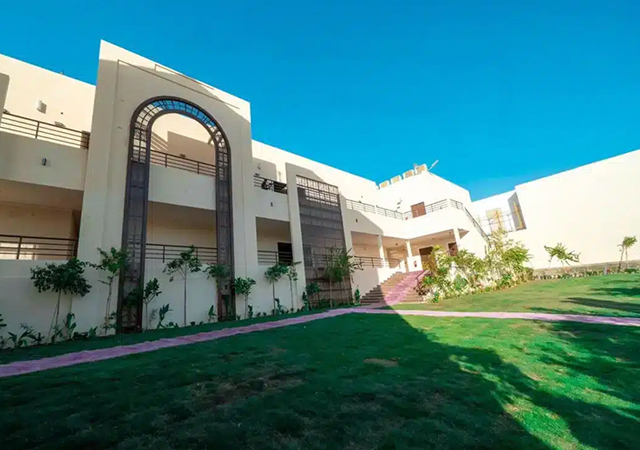

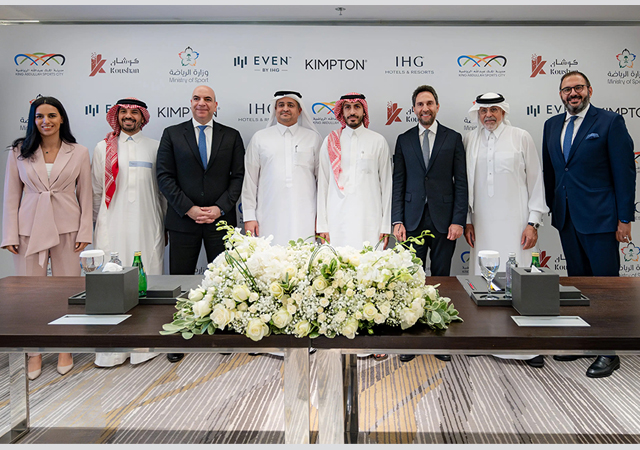
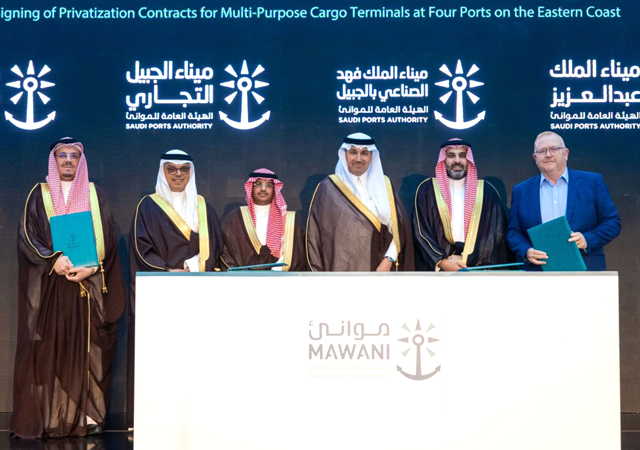
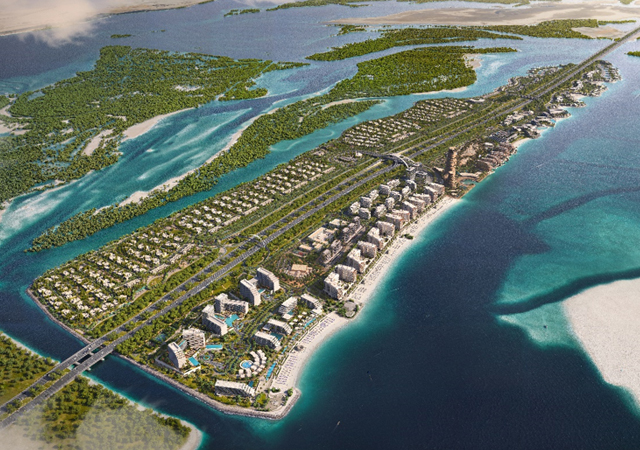
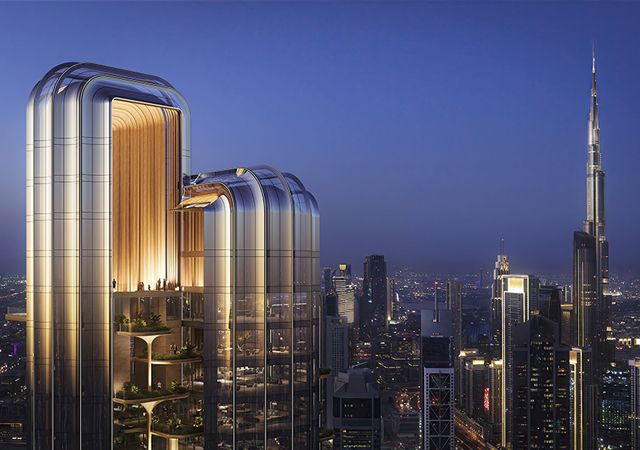
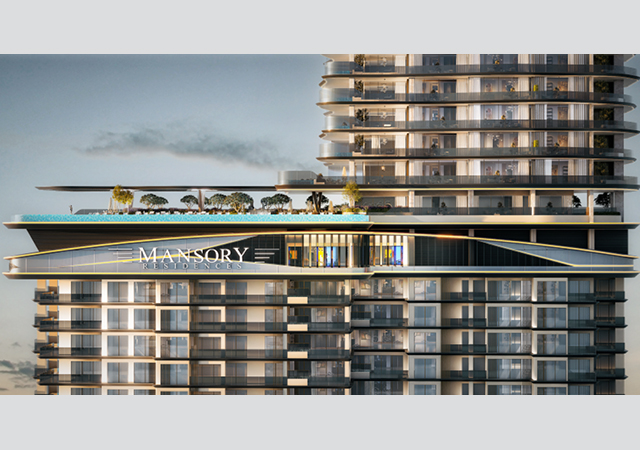
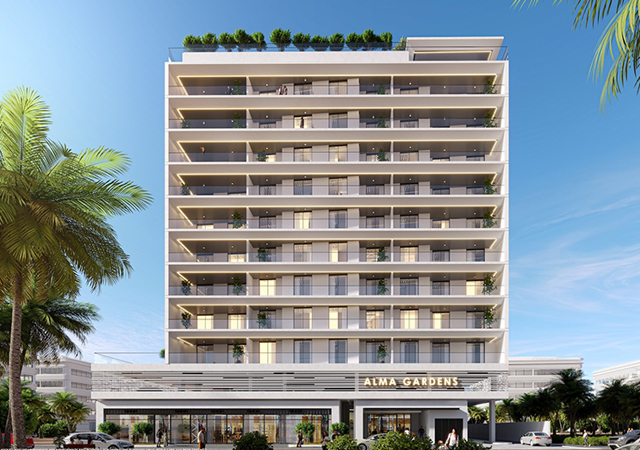

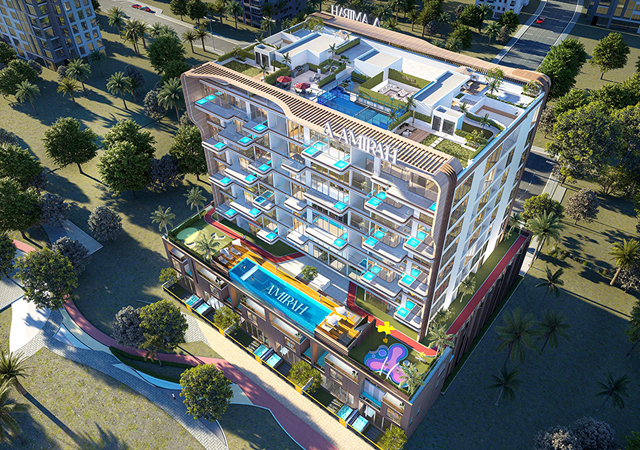
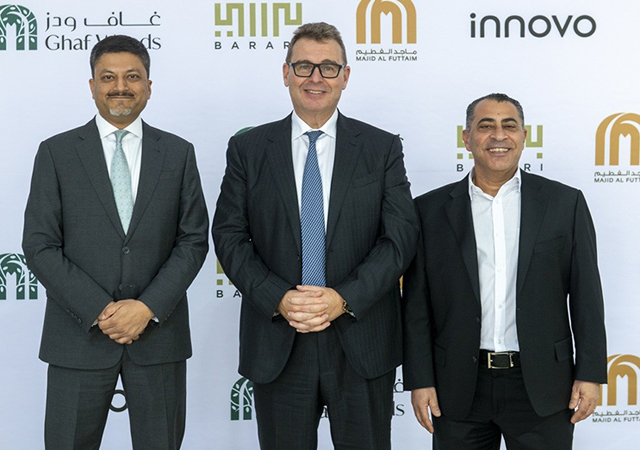
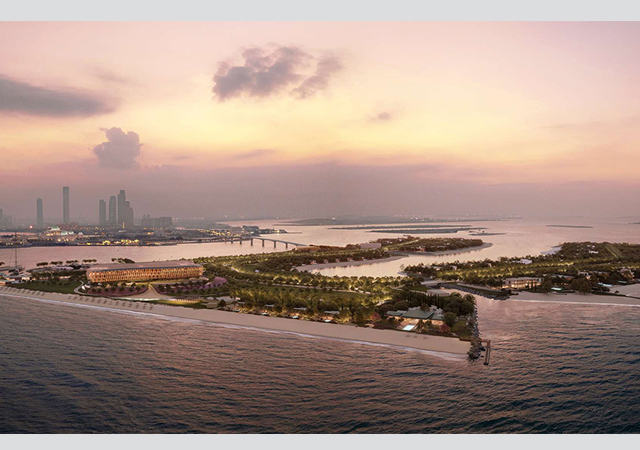
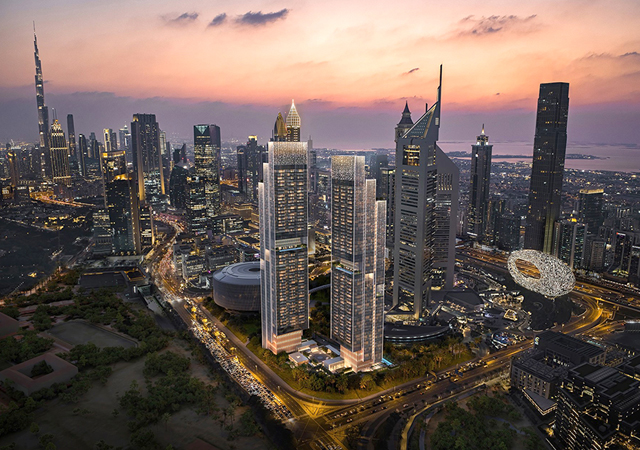
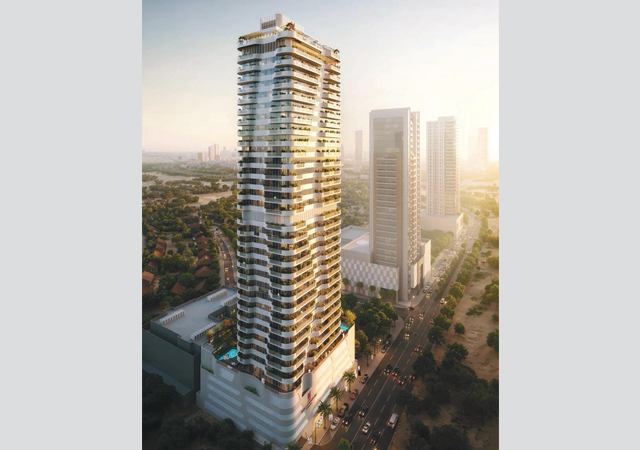
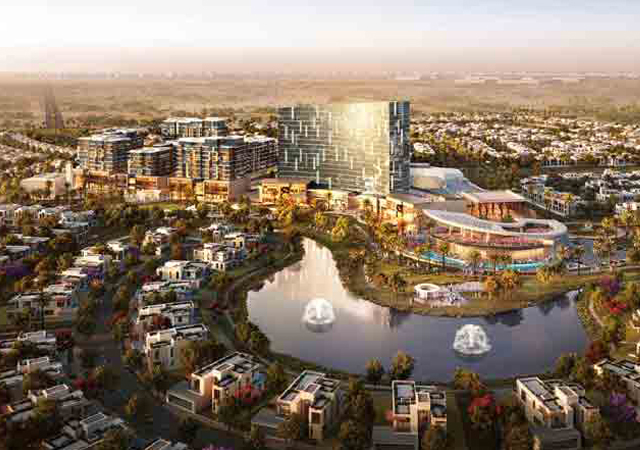
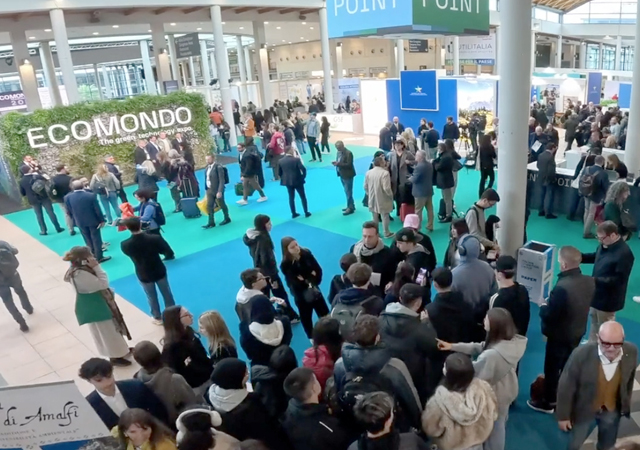
.jpg)




